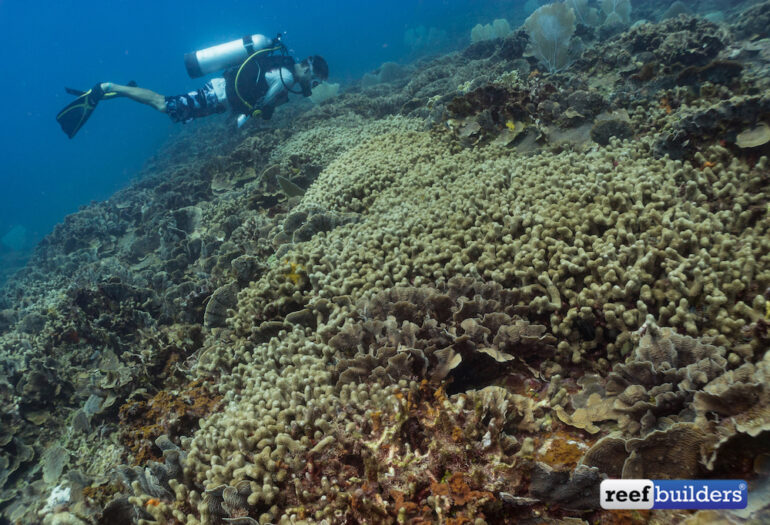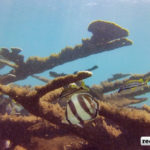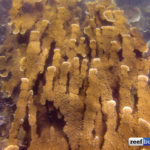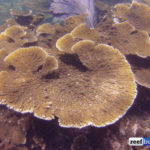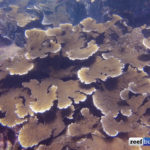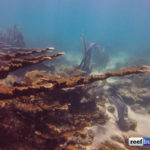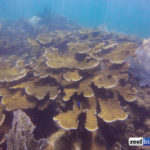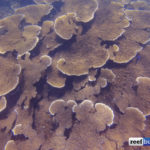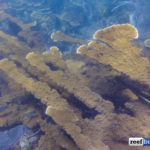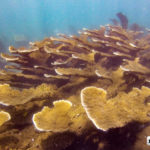By Quentin Caussin
We went to Honduras because we heard about the legendary reef in Tela. And, it turns out that it is far beyond our expectations. Detached from the second largest barrier reef in the world, here are coral mountains up to 20 feet (6 meters) high, on perfectly intact virgin dive sites.
Some coral colonies were already here well before the visit of Christopher Columbus and the topography of the sites is just captivating. We are fortunate to call this our home and work with a superb team of conservationists at the Tela Marine Research Center.
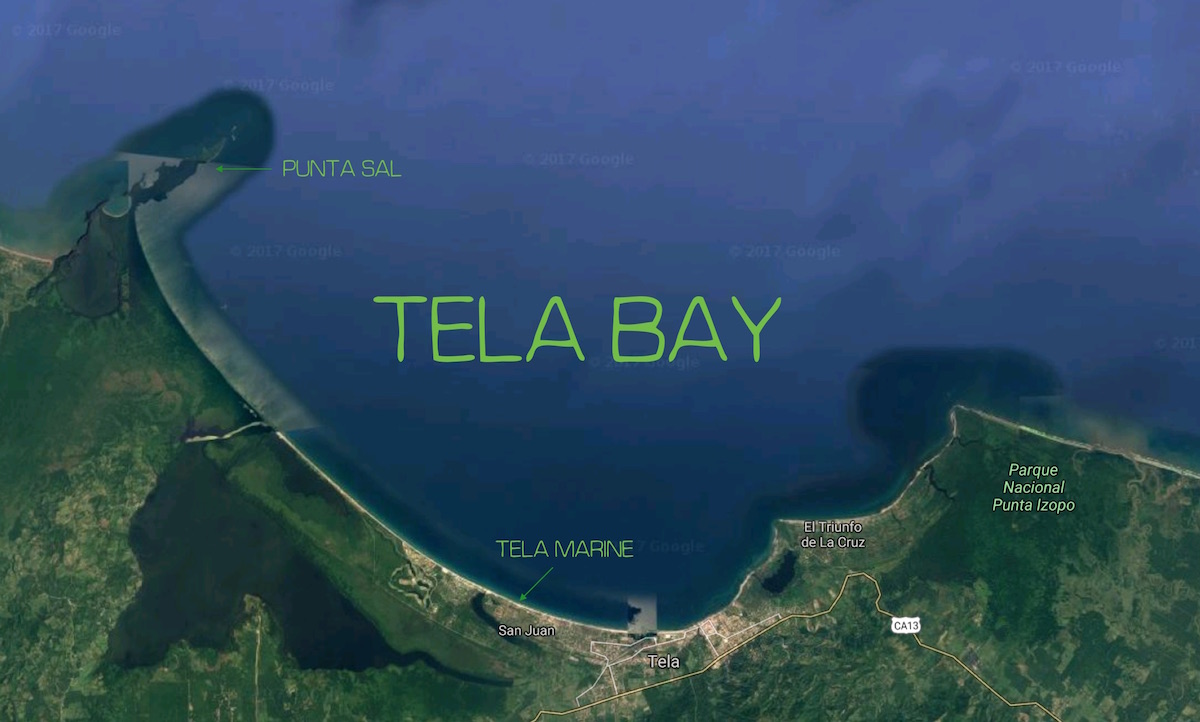
Tela Marine is located in the center of Tela Bay on the mainland of Honduras. Through the research center, the hotel offers diving trips during the summer.
Scuba diving in Tela is only possible during the summer (May-September) as in the winter the current are too strong and visibility too low for diving. The excursion center is open to the public and you don’t need to be staying at the hotel to join a trip.
One of our favorite excursions is to Punta Sal which is one of the most paradisiacal national parks that we have had the chance to visit. It lies on the western peninsula of Tela Bay, offering a perfect shield to the reef. Jaguars and pirate treasures hide in a blazing jungle lined with idyllic beaches.
Dolphins, sharks and even some Manatee like lounging around. And here you will find one of the largest fields of living Elkorn Coral (Acropora palmata) in the world, and even a few colonies growing over sunken pirate ship guns.
We also organize visits to the mangrove for identification of tropical birds while kayaking in the lagoon of the Blanca Jeannette Kawas National Park. Blanca Jeannette Kawas is a local hero who sadly lost her life in the fight to save the mangrove and Punta Sal park from palm oil lobbies.

Young mangroves, corals, anemones, sponges, seaweeds, hermit crabs, lobster, shrimps, snails, slugs and other tropical fish are very good companies and are a great interest to visitors who have never seen any of these species so close. We also keep some brackish water Molly fish in the saltwater tanks without trouble.
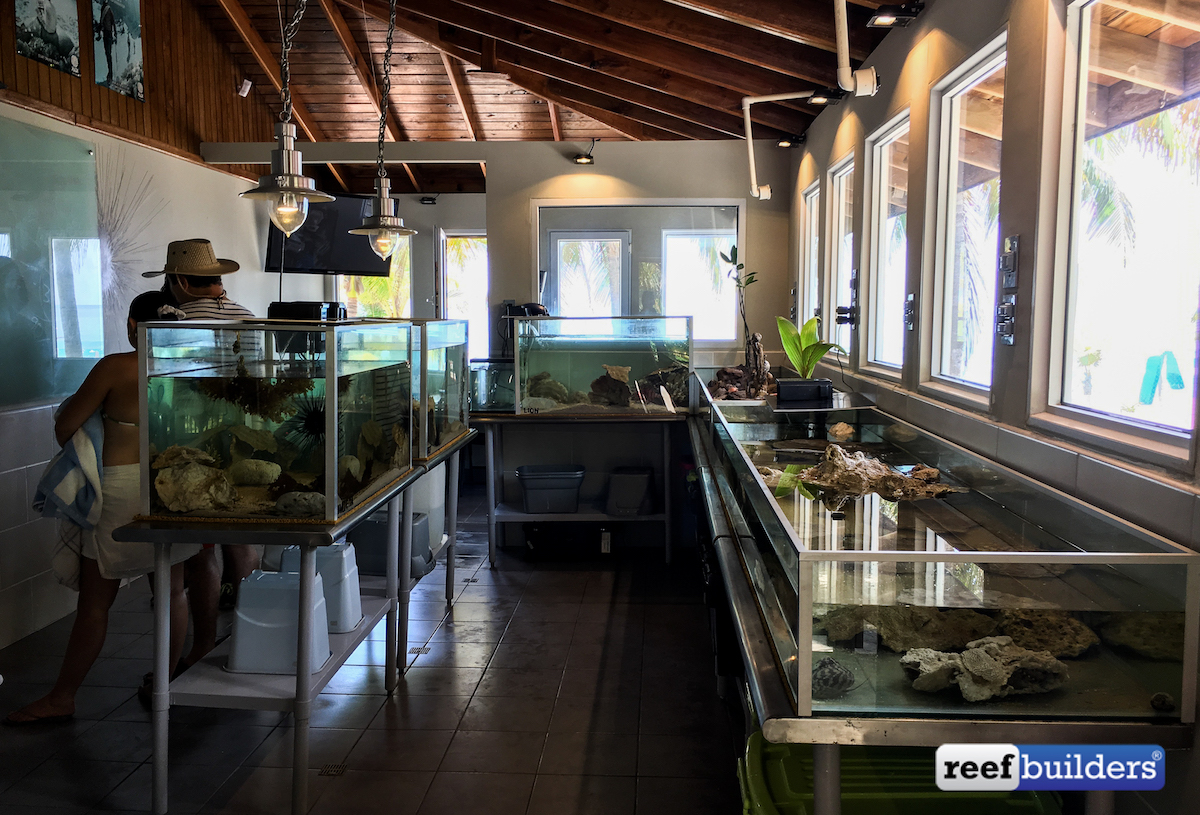
The guests can safely admire our lionfish, which remain majestic despite the fact that this species is a parasite in the Caribbean. The invasive lionfish has eaten 65% of the reef fish in a few years and that they have no predators here. This is why one of our weekly activities it’s to go hunting with a spear. They make excellent cevichés!
We are fortunate to have the opportunity to work at Tela Marine where every day there is something new. Manage the boat excursions and bring the guests diving or giving courses, hiking or kayaking.
In Tela, we are also manufacturing and install buoys to protect swimming areas and encourage boats to slow down. We also clean up the buoys already in place and we cement chains to install buoys on new sites to explore the reef without dropping anchors.
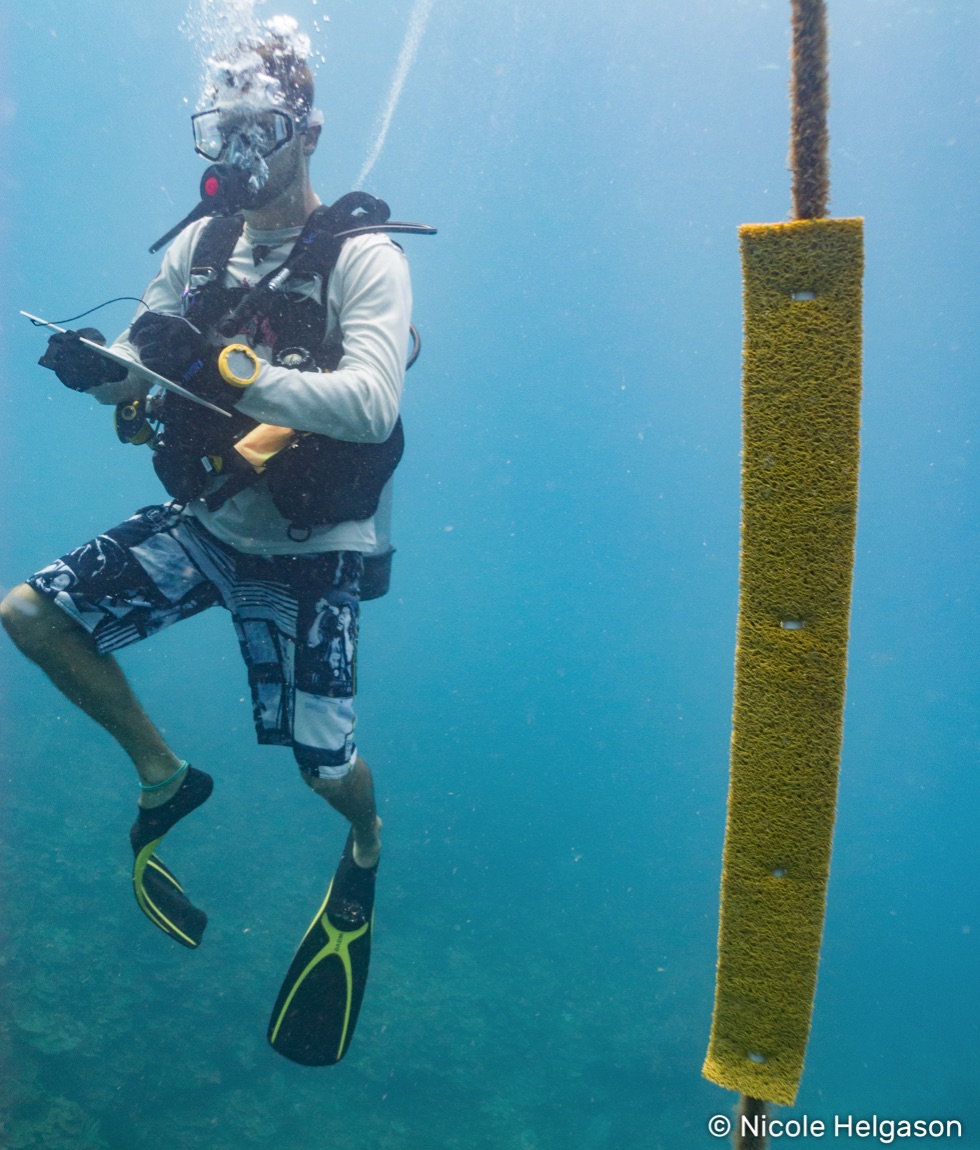
On a daily basis, we clean the algae reef which covers the coral a little more each day, we plant the broken corals, we draw the topography of the sites on maps and above all we study the coral and its close relationship with our mascot Diadema antillarum, the West Indies, Sea Urchin.
But most rewarding and fascinating is our growing passion for feeding and caring for the corals as well as learning to take care of the growing aquariums in Tela.
Busy days serving the protection of our environment.
Quentin is a Dive Instructor and the Tela Marine Research Center.


